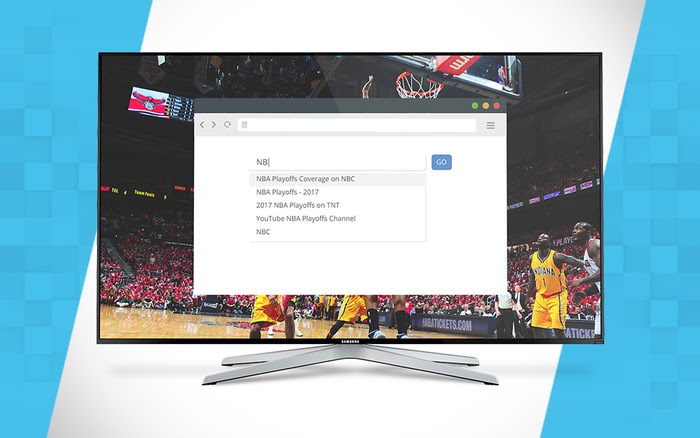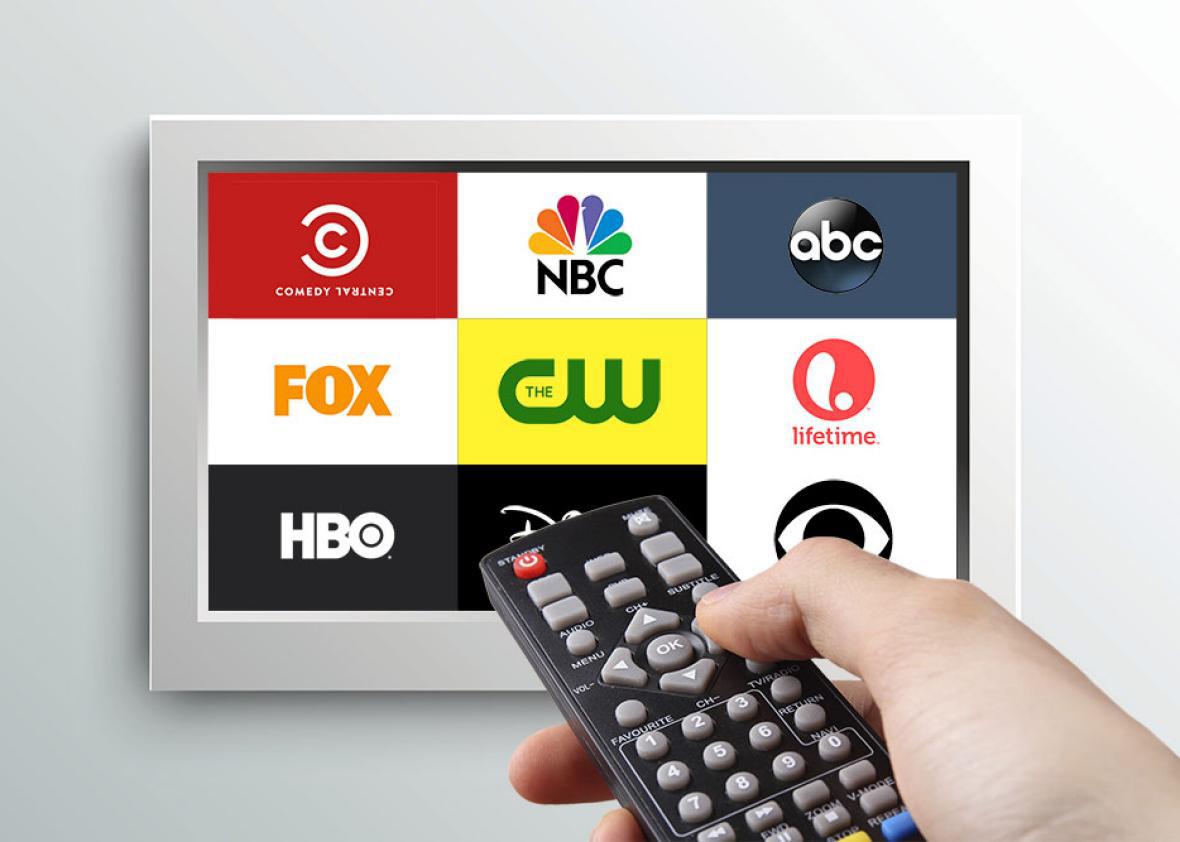About Apollo Group Tv
About Apollo Group Tv
Blog Article
5 Easy Facts About Apollo Group Tv Explained
Table of ContentsFacts About Apollo Group Tv RevealedFacts About Apollo Group Tv Revealed8 Easy Facts About Apollo Group Tv ShownThe 7-Minute Rule for Apollo Group Tv
In this scenario, as opposed to having three-minute business spots during a 30-minute television program, television shows might change to one where a consumer will be needed to have a monthly membership, to ensure that they cen view targeted banner ads. This sort of marketing already takes place on the web, and the amount of data television business collect enables them to do similar.Describe the significant patterns among the broadcasting and cable television networks. Popular radio shows such as police dramatization Dragnet and western cowboy collection Gunsmoke were adapted for television, and brand-new TV shows were sponsored by solitary marketers, just as radio programs had been.
Today, the television sector is much much more complex. Programs are funded by several advertisers; shows is regulated by significant media empires; and the 3 major networks no more dominate the airwaves but rather share their visitors with countless cord networks. Several variables make up these patterns within the industry, including technological growths, government laws, and the development of new networks.

Things about Apollo Group Tv
Also public television has come to be subject to the impact of marketing. Established in 1969, (PBS) created out of a report by the Carnegie Payment on Educational Television, which examined the duty of academic, noncommercial tv on society. The report recommended that the federal government finance public tv in order to offer variety of programs throughout the network eraa service developed "not to sell items" but to "improve citizenship and civil service (McCauley, 2003)." Public tv was additionally meant to give universal accessibility to television for visitors in backwoods or audiences that might not pay for to spend for private television solutions.
The period in between 1950 and 1970 is traditionally recognized as the. In addition to a little section of airtime controlled by public television, the 3 major networks (called the Big 3) controlled the tv industry, collectively representing greater than 95 percent of prime-time watching. In 1986, Rupert Murdoch, the head of international firm News Corp, launched the Fox network, challenging the supremacy of the Big 3.
Targeting young and minority target markets with programs such as Buffy the Vampire Killer, Moesha, Dawson's Creek, and The Wayans Bros., the brand-new networks intended to attract stations away from their old network affiliations. Instead than repeating the success of Fox, UPN and WB struggled to make an impact. Incapable to attract numerous affiliate stations, the two recently established networks reached fewer homes than their larger rivals because they were unobtainable in some smaller cities.
This decision led the means for the growth of wire flick networks, adding to the exponential growth of cable television in the 1980s and 1990s. apollo tv group. More deregulation of cord in the 1984 Cord Communications Policy Act removed restrictions on wire prices, allowing operators to charge what they desired for cord services as long as there was efficient competition to the solution (a criterion that over 90 percent of all cable television markets could fulfill)
Apollo Group Tv Can Be Fun For Everyone

Having actually developed the initial "superstation," Turner expanded his realm by starting 24-hour information network CNN in 1980. At the end of the year, 28 national programming services were offered, and the wire revolution had begun. Over the following years, the sector undertook a period of rapid growth and popularity, and by 1994 customers can pick from 94 basic and 20 premium cable television services.
Figure 9 - https://myspace.com/apollogtv01.16 Enhanced competitors from cable television networks has actually triggered a constant decline in the networks' audience rankings. During the 1950s, the expense of generating a single tv show boosted as programs ended up being much longer and production expenses skyrocketed. Sponsorship on network tv shifted from single sponsorship, in which a program was totally supported and created by one marketer, to numerous sponsorship, in which marketers purchased 1- or 2-minute areas on the program
Each response ought to be a minimum of one paragraph. Pick among the Big Four networks and print out its weekly programs timetable. See the network's prime-time programs throughout a week, noting the target market for each and every program. Observe the advertising sponsors that support each program and contrast just how the items and solutions fit with the desired audience.
The Main Principles Of Apollo Group Tv
.png)
Direct TV, often referred to as typical program TV, encompasses cord and satellite tv. It's called "straight" because content complies with a fixed shows timetable, unlike on-demand content which the individual audience makes a decision to enjoy based upon their very own choices and timetable. So, when you ask, "What is linear TV?", think about it as the traditional method of enjoying television that has actually been around for years.
Report this page